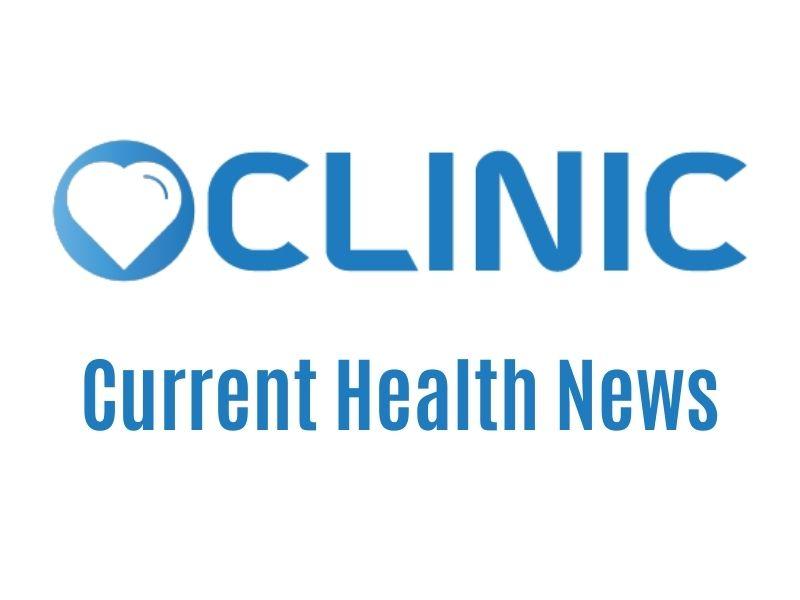Headache is a very common complaint in society today. Headache causes may be due to simple causes or to life-threatening causes. Especially if you have headaches that do not respond to painkillers, affect your quality of life, and disrupt your sleep patterns, it is necessary to investigate the underlying cause. For example, there are some types of headaches that may be the first, or in some cases the only symptom, of serious life-threatening diseases such as a brain tumor, cerebral hemorrhage or aneurysm.
GOOD HEADACHES
MIGRAINE: It is a headache that occurs as a result of sudden narrowing and then widening of the brain vessels for an unknown reason. It is severe and throbbing pain. It is usually felt on one side of the head or behind one eye. There may or may not be a feeling of seeing a shining light (aura) (visual disturbances, numbness in an arm or leg). Sensitivity to light and/or sound, nausea and/or vomiting may occur.
TENSION TYPE HEADACHE: It is stress-related pain. It is a constant pain that is not severe. No throbbing. There is a feeling of tension in the head or neck. It may be due to insufficient sleep, depression, stress.
CLUSTER HEADACHE: It is a common headache in men, which increases in certain periods of the year and generally affects one eye and its surroundings. It has a genetic transition feature.
HEADACHES AFTER TRAUMA: They are generally seen after head traumas. It is possible for them to correct themselves after a certain period of time.
PAINS RELATED TO EXERCISE: These are the pains caused by excessive fatigue.
PAINS DUE TO DRUGS: Some drugs trigger headaches.
PAINS DUE TO FOOD AND ALCOHOL: Some foods, such as nuts, chocolate and similar foods, trigger headaches. In particular, fermented beverages, such as wine and beer, can trigger headaches.
HEADACHE EXPERIENCED IN THE MENUS PERIOD IN WOMEN: It mostly occurs during ovulation or menstrual period or just before or after.
ALLERGY-RELATED HEADACHE: There is blockage of the sinuses. There is tearing and itching in the eyes. There is throbbing pain in the head. It is particularly affected by seasonal changes.
HEADACHE DUE TO SINUSITIS: Nasal redness, nasal congestion, watery eyes, throbbing in the head may be the main symptoms. We can briefly evaluate this type of headache as sinus headache, allergic headache. Congestion in the nose, inflammatory nasal discharge, pain hitting the teeth can be seen.
HEADACHE DUE TO EYE TIRE: It is seen on the forehead. It causes untreated vision problems and especially astigmatism. It can be easily taken under control if glasses are used.
HEADACHES DUE TO DISEASES IN THE BRAIN AND NERVOUS SYSTEM
BRAIN TUMORS: Tumors cause headaches by pressing inside the skull, affecting the pain-sensitive parts, namely vessels and brain coverings. The brain tissue does not feel pain. .
HYDROCEPHALI: It is the accumulation of water in the spaces in the brain. It is very rare among the causes of headache.
PAINS COMING FROM THE NECK: It usually occurs due to neck calcifications. They spread from the back of the head to the whole head, starting from the nape.
TEMPORAL ARTERITIS: There is inflammation of the temporal artery, that is, the vein under the skin in front of the ear. Naturally, pain is felt in this area.
BRAIN BLEEDINGS: Symptoms such as a headache that can last for an hour or two, numbness in the arms and legs, nausea and vomiting should be taken seriously. It is normal for headaches to increase in the spring months, but the long duration of the pain and the emergence of other symptoms along with the pain may indicate a brain hemorrhage.
MENINGITIS: It is an inflammation of the meninges. There is very severe pain. Consciousness can be lost.
HIGH BLOOD PRESSURE: It is seen especially at high diastolic blood pressure. In old cases, pain is not felt as the body gets used to the situation. It is generally felt at newly formed blood pressure.
ARTERIOVENOUS MALFORMATION (AVM): Abnormal vascular balls in the brain called AVM develop in babies in the womb and grow over the years. Sudden bleeding can be encountered in these vascular balls. Such hemorrhages affect the brain tissue as a precipitate, and then edema is observed in the brain. In this period, even if the bleeding is stopped and drained, it may not be possible to regain vital functions. For this reason, it is possible for them to continue their lives normally after early diagnosis and after surgical and intravenous interventions for the cause. Surgical intervention after a brain hemorrhage can have a high rate of life-threatening and disability. For this reason, the young people with the findings we have mentioned should be examined by the physicians related to these issues at least once in their lives and they should use the necessary laboratory techniques according to the results of the examination findings.
MUST ATTENTION IF YOU HAVE THESE SYMPTOMS:
Headaches that last for one or two hours
Numbness in the arms and legs with headaches
Intermittent throbbing
Pain recurring in the same part of the head or localized in the temples and forehead
Nausea and vomiting with headache
Occasional speech disorders
Hand and tremors in the feet
Blurring of consciousness

